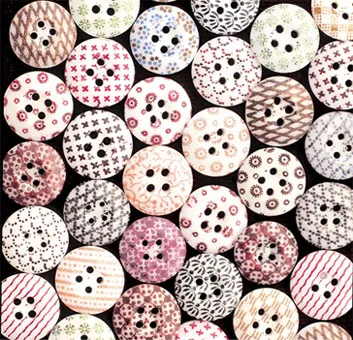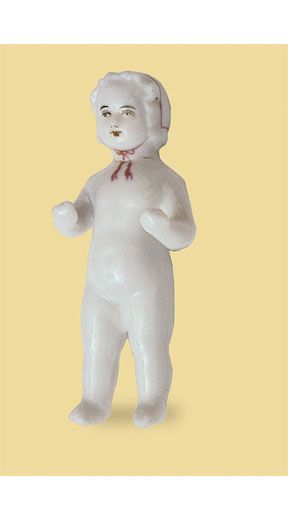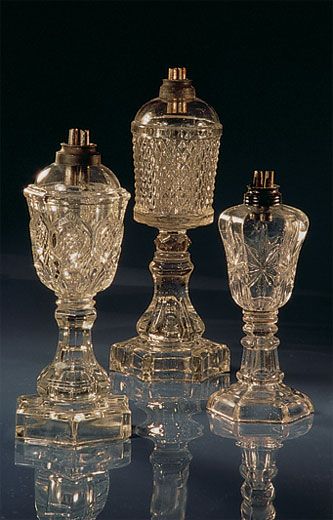Time Capsule
A riverboat’s telltale contents included 133-year-old pickles. Want one?
The Hawleys discovered neither gold nor whiskey in the hold of Arabia. But as they broke open the boat's barrels and crates, they were astonished by the range of what they did uncover: bottles of wine, castor oil and "Dr. Hostetter's Stomach Bitters," lice combs and toothbrushes, wrenches, gimlets, mattocks and saws, woolen socks, overcoats and top hats, window glass, bells, inkwells and school slates. They found bedsprings, coffin screws, wagon wheels, brass hinges, lightning rod insulators, self-sealing fruit jars, glassware and chinaware by the barrelful. There were India-rubber overshoes (the earliest yet found), whale-oil lamps, cuspidors, syrup jugs with lidded spouts, door keys in a dozen sizes, an abundance of locks, safety matches and heaps of French buttons in rainbow hues. The discoveries went on and on: bullwhips, doorknobs, spectacles, pepper mills, spring-operated clothespins of startlingly modern design, enough printer's type to start a newspaper, even two prefabricated houses. A significant portion of the cargo consisted of trade goods intended for Native Americans: five-million glass beads imported from Italy and Bohemia, clay pipes, vermilion war paint, the thimbles that Indian women favored as ornaments, to be sewn on clothing.
There was even a case of brandied cherries from France, as well as intact bottles of apple, gooseberry and blueberry pie fillings from Baltimore. Jars of skin cream still bore the scent of coconuts, and flasks of perfume exuded essence of rose. Less appealing were cans of sardines, whose pungent aroma, the Hawleys decided, had definitely not improved over 133 years. The Hawleys even came across a jar of pickles; no sooner had they unearthed it than fellow excavator Jerry Mackey passed it around. But there were no takers. "Well, I'm starving," he said, reaching into the bottle, lifting out a pickle and biting off a chunk. The others held their breath. "That's one very good pickle," he announced.
The hunt for buried treasure soon turned into something else. "We began to care about the people all these things had belonged to," David says. "We kept asking ourselves, ‘Who were these people? What happened to them?'" The "personal boxes" touched them most. One contained two seashells, seven marbles and a tin toy—a child's long-lost treasures. In another, they found a silver cruet set, nutmeg grater and bottle of peppercorns. And in another, carpenter's tools, so well-crafted that scarcely any silt had penetrated them. "That one was special to me," says Bob. "That man had made that box himself, I just know it."


